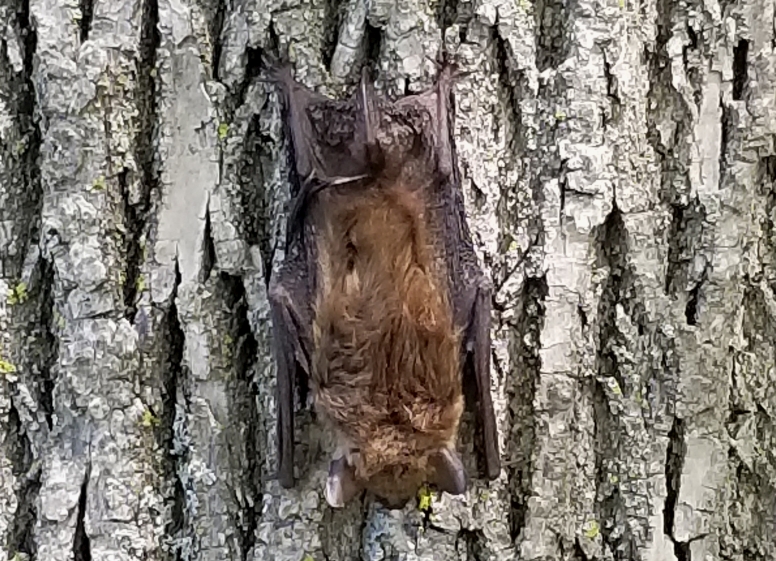If there’s one thing in the natural world that I’m most passionate about and want to advocate for, it’s coyotes. And if I want to tell their story – particularly that of the eastern coyote or coywolf – the logical place to start is with their history (it’s actually pretty short) and how they fall into the grander scheme of wild canines in the US.
First off, eastern coyotes – aka, coywolves (I’ll talk about this name later) – are not the same as western coyotes. Before European settlers came to North America, coyotes were pretty much restricted to the desert southwest and mid-western part of what we call the ‘lower 48’ here in the US. A main reason for this was wolves. Several different species of wolves were found all thorough North America (prior to European settlement), and the wolves that lived around coyote populations did a pretty good job of keeping them in check. Keeping smaller predator populations in balance is an important role that top-level predators play in an ecosystem.
Europeans brought their fear and dislike of wolves over from Europe with them (among many, many other things…) and by the turn of the 20th century we had pretty much wiped wolves off the map of the lower 48 states. Bummer for the wolves (and the rest of us, we’d later find out), but awesome for the coyotes. With no natural check on their populations, they started not just expanding their population size, but their range as well. Coyotes represent one of the most successful colonization stories of any animal in North America. In less than 70 years, they had spread to almost all habitats within the US and now they live just about everywhere imaginable (including your backyard).
So why are the coyotes in the northeastern US different from their western cousins? As coyotes migrated east across the continent, they encountered whatever remained of wolves in the east; these wolves are eastern wolves – Canis lycaon – and are a bit different than “gray wolves”. Read the difference between eastern and gray wolves in this article) and some interbreeding occurred. Enough, in fact, that now eastern coyotes have wolf DNA in them, and are visibly different than western coyotes. They outweigh their cousins by 20 – 30 lbs, have more wolf-like physical traits in many cases, and are working their way into the top predator role here in the northeast. So eastern coyotes are being called coywolves to encompass their genetic differences from western coyotes. This name is still catching on, and the term coywolf and eastern coyote are still used interchangeably. For the record, eastern and western coyotes still share the same scientific name: Canis latrans, which means ‘barking dog.’ I fully anticipate eastern coyotes being classified as either a sub-species of, or different species from Canis latrans in the next 5 – 10 years, but it hasn’t happened quite yet.
I have a section up on the site exclusively dedicated to eastern coyotes, and there you can find a page on coyote morphology for more information on the physical traits of coyotes. And The Eastern Coyote Research site is an amazing resource of first-hand, scientific information about these fascinating creatures.
Next post (sometime in December) will discuss the differences between gray wolves and eastern wolves, and the relationship between eastern wolves and eastern coyotes, and in the new year I’ll share information about how best to live with coyotes. Got coyote questions? Feel free to post them here, or you can email me: cynthia@withywindlenature.com.
Suggested references:
The Wolf: The Ecology and Behavior of an Endangered Species
Suburban Howls: Tracking the Eastern Coyote in Urban Massachusetts



I didn’t know that..how interesting
I am seriously enamored of all things canine, especially wild ones and most particularly our Eastern Coywolf. I see them regularly where I live in southeast New Hampshire and have never had an issue with one approaching too closely or giving me and my dogs a hassle. They’re a much needed predator in this region and incredibly beautiful and versatile. Thank you so much for this wonderful site!
http://www.mainewolfcoalition.org
https://www.facebook.com/Maine-Wolf-Coalition-162171977132715/
Hi John, thanks for sharing your info!